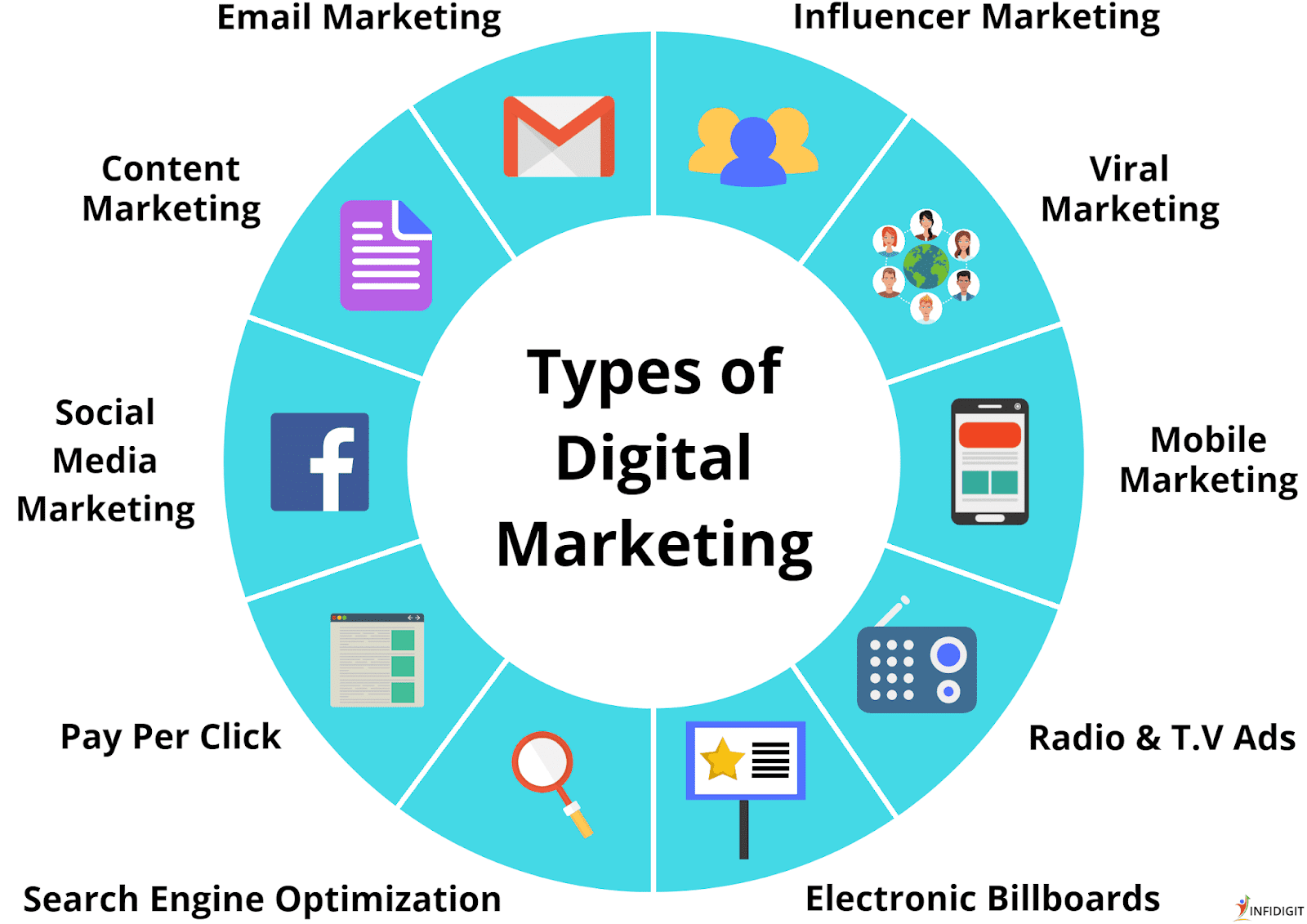In today’s fast-paced digital world, advertising has evolved significantly. Digital advertising has become an essential tool for businesses looking to reach their target audience in a cost-effective and efficient manner. Understanding the basics of digital advertising is crucial for any business looking to grow its online presence and increase sales.
What is Digital Advertising?
Digital advertising is a form of marketing that uses the internet and online platforms to promote products or services. It includes a wide range of tactics such as display ads, search engine marketing, social media advertising, and email marketing. With the rise of digital technologies, businesses can now reach their target audience more effectively through targeted advertising campaigns.
The Benefits of Digital Advertising
There are numerous benefits to using digital advertising for your business. One of the main advantages is the ability to target specific audiences based on demographics, interests, and online behavior. This targeting capability allows businesses to reach potential customers who are more likely to be interested in their products or services, increasing the chances of conversion.
Another key benefit of digital advertising is the ability to track and measure the performance of your campaigns in real-time. With digital advertising, businesses can track metrics such as clicks, impressions, conversions, and ROI, allowing them to make data-driven decisions to optimize their campaigns for better results.
Types of Digital Advertising
There are several types of digital advertising that businesses can leverage to reach their target audience:
1. Display Ads: Display ads are visual advertisements that appear on websites, apps, and social media platforms. They can be in the form of banners, pop-ups, or video ads.
2. Search Engine Marketing (SEM): SEM involves bidding on keywords to have your ads appear at the top of search engine results pages (SERPs). This form of advertising is effective for driving traffic to your website.
3. Social Media Advertising: Social media advertising allows businesses to target their ads to specific audiences on platforms such as Facebook, Instagram, Twitter, and LinkedIn. With social media advertising, businesses can reach a large number of users and engage with them directly.
4. Email Marketing: Email marketing involves sending promotional messages to a list of subscribers. This form of advertising is effective for nurturing leads and driving conversions.
Best Practices for Digital Advertising
To make the most out of your digital advertising efforts, it’s important to follow best practices:
1. Define Your Target Audience: Identify who your ideal customer is and tailor your ads to appeal to their interests and needs.
2. Create Compelling Ad Creative: Make sure your ad creative is engaging, visually appealing, and relevant to your target audience.
3. Optimize for Mobile: With the rise of mobile usage, it’s essential to ensure your ads are optimized for mobile devices.
4. Test and Iterate: Continuously test different ad variations, targeting options, and messaging to see what works best for your audience.
Conclusion
Digital advertising is a powerful tool for businesses looking to reach their target audience and drive sales. By understanding the basics of digital advertising and following best practices, businesses can create effective campaigns that deliver results. Whether you’re looking to increase brand awareness, generate leads, or drive conversions, digital advertising can help you achieve your marketing goals in today’s digital landscape.
